C&C. GAINESVILLE RAINBOWS. Alaskan Summit. DC Violence. Peace Deals. Ed Martin.
August 10 | Posted by mrossol | American Thought, Childers, DOGE, Law, Russia, Trump, WokeThe great unwokening hits my hometown; Trump-Putin Alaska meet closes a 7-year arc; DC mob attacks buried; Trump ends yet another conflict; probes mount on his foes. Revenge—or Reckoning?
Source: RAINBOWS AND UNICORNS ☙ Sunday, August 10, 2025 ☙ C&C NEWS
WORLD NEWS AND COMMENTARY
🔥🔥🔥
The great unwokening is finally penetrating the deepest parts of the liberal jungle— my hometown. Gainesville, as some of you know, is one of the bluest, most corrupt municipalities in the Sunshine State. The City Commission is all one party, and four of them have felony records (so they didn’t lean too hard on the Trump convictions talking point). Anyway, Governor DeSantis’ home-brewed DOGE rolled into Gainesville this week to administer a financial colonoscopy, and then this ‘unexpectedly’ happened:
“After thoughtful reflection,” 4-year City Manager Cynthia Curry wrote, “I believe this is the appropriate time to transition leadership and allow for a new vision to guide the organization forward.” She reflected, thoughtfully, the day after state investigators arrived, and traveling at an impressive 90mph. She probably reflected about her transition with the advice of counsel.
I guess she won’t have to answer many pesky FL-DOGE questions. Some of those questions might be hard to answer. Best of all, her replacement can now just blame everything on Cindy.
But the bigger headline —proof that the woke water is finally draining down to the bottom of the filthy hot tub— came from the same City Council that painted its stupid, annoying sex flags on the roads in the first place:
Ouch. The state DOT told the City the non-standard rainbow crosswalks confused drivers and endangered pedestrians, and threatened to yank municipal transportation grants.
Gainesville caved, voting unanimously to scrape them back off.
Gainesville Mayor Harvey Ward sulked, “It is not a good position to be in. I was there with many of you in this room to cut the ribbon on these rainbow crosswalks, and I was there throughout that process, and I think this is absurd.” He’s right; it’s a practical setback. The gayly decorated crosswalks were a perpetual virtue signal, working automatically by just laying there, and alleviating the inconvenient duty to signal virtue in other ways that might require actual effort.
Behold, the State is finally paying close attention to my rabble-rousing hometown. Gainesville leaned too far over its skis during the pandemic —twice— openly ‘defying’ Governor DeSantis (first fighting his parental opt-out mask order, then requiring masks to enter government buildings). The school board’s rebellion even became an international cause célèbre, with the smug superintendent, drunk on all the attention, publishing op-eds in the Washington Post.
Now she’s gone. Superintendent Carly Simon was last spotted applying for a job in Alaska, as far from Tallahassee as possible. The only reason I knew that was because Michelle and a posse of moms were busily sending the Alaskan search committee some strongly worded reading material. Anyway, unlike Carly, Governor DeSantis is still here.
Also in the news this week was the backlash from the School Board chair’s comments wishing death on MAGA people, and the state’s immediate response.
Just as I warned them over and over, they’ve turned the State into an enemy, and now its baleful eye has fallen upon them.
🚀🚀🚀
Get ready for some mind-blowing dot-connecting. Early this morning, the Washington Post ran this whiny headline: “Russians cheer Putin’s Alaska invitation, envision no concessions on Ukraine.” An ominous sub-headline added, “Analysts noted Alaska was once part of the Russian Empire, and some nationalists believe it should be returned.” Whatever. The story was about the leaders’ scheduled meeting this week. But consider this: the last time Trump and Putin met was seven years ago at the dramatic meeting in July, 2018 in Helsinki, when Trump first began publicly pushing back against US intelligence and RussiaGate.
In that sense, the men’s upcoming meeting, the first since Helsinki when the adventures began, completes a seven-year arc. Look again at the picture above. Trump — uncharacteristically — has the face of a man who’s just been handed some very bad news and now has to think hard about what it means. Putin wears the look of someone who’s just delivered that bad news and is contemplating the wreckage and all the messy spadework to follow.
I’ve advanced this theory before, but now we have some receipts. Let me set the table. As mentioned, in July, 2018, Trump and Putin met in Helsinki , in the midst of the gathering RussiaGate storm, to discuss arms control and counterterrorism. The media was howling that Trump should push Putin about Russia’s alleged interference in the 2016 election.
It was widely reported that they met privately for over two hours — no aides, just interpreters. Afterward, Putin and Trump held a larger meeting with staff. To this day, nobody knows what was said in that first session.
But I think I do.
Thanks to Tulsi Gabbard’s declassifications last week, we now know that, in late July 2016 —mere months before the election— U.S. intelligence received what it described as a “Russian intelligence analysis” alleging that Hillary Clinton had personally approved a plan to link Donald Trump to Russian hacking in order to distract from her own email scandal. CIA Director John Brennan briefed President Obama, Vice President Biden, FBI Director James Comey, and other senior officials, and forwarded a formal referral memo to the FBI for investigation.
The Russian intel flatlined right there, on the operating table. There’s no evidence the Obama administration pursued it — and why would they? It would have torpedoed the final months of Hillary’s campaign.
The newly declassified Durham annex confirms that analysts did not assess the Russian report as fabricated. But later —under pressure from Obama’s political appointees— the IC landed on the now-familiar narrative that Putin preferred Trump. That claim was founded only from part of a single sentence. A fragment. A handful of words so ambiguous that five analysts gave five different interpretations.
That sentence fragment stood against a thick stack of evidence that Putin was agnostic about the race and, in fact, expected Hillary to win — the prevailing view in Moscow, informed by U.S. polling.
So here’s what we now know: in 2016, the Russians had already sussed out Clinton’s plan to smear Trump with RussiaGate. They had put it in writing, presumably along with evidence, sources, and intercepts of their own — and even passed it to U.S. intelligence. We can also safely assume that U.S. intelligence never gave the report to President Trump after he took office. If it had, he would have gone full-throttle on “Crooked Hillary” as a defense.
Here’s my theory: in that private 2018 meeting —with Trump besieged by a metastasizing scandal and impeachment drums at home, and Russia hearing the same war drums pounding against itself— Putin would have explained the whole scam to Trump. Why wouldn’t he? We tried to tell you in 2016. He could have slid across the table the Russians’ 2016 assessment and explained it had been sitting in U.S. intelligence files the whole time. If Trump had truly never seen it, that would have been the moment he grasped the entire deep state plot in one, unfiltered hit.
At the conclusion of the Helsinki summit, Putin dramatically produced a World Cup soccer ball and handed it to President Trump with an enigmatic half-smile. “Mr. President, the ball is in your court.” The press accused the Russians of bugging the ball. But if my theory is right, the moment was layered with symbolism. The soccer ball wasn’t just a souvenir; it was a metaphor, a public wink. In that private room, Putin gave Trump the Russians’ 2016 assessment— the buried intel that disclosed the whole plot. Now, in front of the cameras, he gave Trump a sports symbol: you have what you need to fight back — it’s your play.
Take the following seven years and re-imagine them through this lens: that in July 2018, Trump finally understood — thanks to Russia — exactly what he was up against. Every subpoena, every leak, every breathless “former official” whisper in the press looks different if, from that day forward, Trump knew the 2016 smear wasn’t just political hardball, but a coordinated intelligence op, nurtured inside his own government, and buried so deeply that it had to be handed to him by a foreign head of state.
If I’m right — and I think I am — then Trump, and by extension the rest of us, owe Russia a debt of gratitude that no one in polite Washington will ever acknowledge. Their intelligence services, whatever their motives, were more loyal to the truth —and to the actual U.S. government as constituted under the Constitution— than were our own agencies. The Russians tried to warn us in 2016. Our own people buried it. That is a sentence I never expected to write, but here we are.
Let’s keep all that in mind as the Alaska Summit plays out.
🔥🔥🔥
Goodness, how they are trying to bury the DC crime stories this weekend. Last night, a very short story appeared in local ABC-7, headlined, “Large group of minors trash store, steal items Friday night, police say.” According to influencers on the scene, it was over 100 black teenagers who occupied a local park near the Capitol called the Navy Yard, fired off guns, and looted stores.
Potomac Press reported that, “A substantial police presence has been deployed to the Navy Yard area following gunshots in the 1200 block … Additionally, approximately 20 teenagers dressed in all black have been reported to be harassing civilians in this vicinity since approximately 8:00PM.”
The last thing Democrats need right now is more wild criminal stories from DC, coming right on the bloody footsteps of Edward Corristine’s beating last week.
Meanwhile, yesterday President Trump telegraphed a major announcementabout DC law enforcement for tomorrow:
Will he “stop violent crime in Washington, D.C.” by re-federalizing it? I can’t wait to find out.
🔥🔥🔥
He did it again. Yesterday, the Economist ran a terrific story headlined, “Donald Trump brokers a peace plan in the Caucasus.” Another peace deal.
You probably never heard of the conflict. But, “Armenia and Azerbaijan have been fighting for more than 35 years,” the Economist explained. Now, it’s over, accomplishing “an end to one of the world’s most intractable conflicts.” At the signing ceremony, the two countries’ presidents were so overcome with emotion and gratitude that they both vowed to nominate President Trump for a Nobel Peace Prize.
While the chattering classes hyperventilate over Alaska, Trump just pulled off something in Washington that even the State Department’s perpetual-motion “peace process” machine couldn’t manage in 35 years: he got Armenia and Azerbaijan to sign a peace declaration, agree to trade and security pacts, and open a U.S.-run transport corridor — the Trump Route for International Peace and Prosperity (TRIPP) — across Armenian territory.
The conflict is an intractable dispute over another region invisible to the media called Nagorno-Karabakh, a rugged, mountainous enclave in the South Caucasus, about 1,700 square miles (roughly the size of Delaware). The area is internationally recognized as part of Azerbaijan, but is historically populated by a majority of ethnic Armenians. They can’t stop fighting over it.
Until this week.
In just his first six months back in the Oval Office, Trump has stitched together an extraordinary résumé of peacemaking. While the headlines roared with other issues like tariffs, DEI, and USAID, he has quietly brought down the curtain on some of the planet’s most dangerous standoffs: defusing a potential nuclear flashpoint between India and Pakistan; ending the decades-long, blood-soaked quarrel over a jungle temple straddling the Cambodia–Thailand border; and halting one of Africa’s most brutal, grinding wars between the Democratic Republic of Congo and Rwanda — a conflict that had chewed through generations.
That’s four major conflicts settled in six months or less. Which naturally begs the question: if peace was this close at hand, why didn’t anyone close the deals years ago? Maybe it’s because the old “peace process” industry wasn’t built to end wars— it was built to manage them indefinitely. Washington kept entire agencies, like USAID and the U.S. Institute of Peace, as permanent fixtures — feeding an ecosystem of NGOs, contractors, and think-tankers who dined out on conflict while promising progress “next year.”
Trump shut USAID’s doors in his first weeks, and the so-called Institute for Peace wasn’t far behind. With the process mothballed, and the gatekeepers out of the way, he went straight to the principals and closed deals in weeks that the professionals couldn’t — or wouldn’t — deliver in decades.
If that’s the case, then all these “impossible” wins — India–Pakistan, Cambodia–Thailand, Congo–Rwanda, Armenia–Azerbaijan — weren’t just trophies. They were warm-up rounds. Proof of concept. Every time Trump bypassed the peace-process industry and cut a deal face-to-face, he was rehearsing the method he first saw work in Helsinki: strip away the handlers, meet on equal terms, talk until there’s something worth signing.
Now comes Alaska — the biggest, highest-stakes negotiation of them all. The stakes dwarf every other table he’s sat at this term. These stakes include the Ukraine proxy war, the future of NATO, the long-term balance of power in Europe, and the unresolved business that started in that private meeting in 2018.
If Helsinki was the moment Trump learned what he was really up against, Alaska might be the moment he tries to settle it. Or at least, opens the final chapter.
I know I sound like a broken record, but outside the aftermath of world wars, history provides almost no precedent for what Trump has pulled off in his first six months. When a single politician can tick off four major peace settlements in as many regions without a global treaty conference already humming in the background, you’re in territory usually reserved for popes, wartime presidents, or the odd larger-than-life statesman like Teddy Roosevelt.
Carter had Camp David, but not Cambodia and the Caucasus in the same season. Roosevelt ended the Russo–Japanese War, but didn’t juggle Africa, South Asia, and Southeast Asia before breakfast. If this is happening inside a slow-motion global realignment —the post–Cold War order finally coming apart at the seams— then Trump isn’t just riding the wave. He’s grabbing the pen and writing the script.
Don’t hold your breath waiting for that Nobel, though. Trump is ending the global conflict grift. It’s going to force a lot of mids to start polishing résumés instead of position papers.
🔥🔥🔥
The Reckoning™ continues, and the noose is tightening. Fox ran a story this week headlined, “DOJ opens grand jury investigation into Letitia James tied to Trump civil case.” And NBC covered it under the headline, “DOJ investigating N.Y. AG’s office and Sen. Adam Schiff.”
For years, New York Attorney General Letitia James was one of Trump’s most relentless pursuers. She didn’t just promise to “get Trump” — she campaigned on it, then delivered, dragging him into court over his business dealings and crowing over a record-setting half-billion-dollar civil judgment for the way he filled out his paperwork. Out in Washington, Senator Adam Schiff was running a parallel vendetta: the star prosecutor of Trump 1.0’s impeachment circus and the chief architect of the grotesque January 6th committee, a political show trial in everything but name.
But, as they say, the worm has turned, and now it’s wriggling back the other way.
The DOJ’s offensive is coming at James and Schiff from three different directions. First, separate federal grand juries in Maryland and Virginia are digging into civil mortgage fraud allegations against each of them — claims that they lied on loan applications (they deny it). Second, a grand jury in Albany is examining whether James’s office committed civil rights violations by weaponizing its authority in the Trump case and her high-profile assault on the NRA.
Together, the three prongs represent a stunning reversal: two of Trump’s most aggressive and high-profile antagonists now standing where he once stood, boxed in by simultaneous legal battles on multiple fronts.
You could cut the irony with a butter knife.
Ms. James hilariously protested, “Any weaponization of the justice system should disturb every American.” That was most ironic since the office heading her dual investigations is the DOJ’s Weaponization Working Group. Pots, kettles, and accusations of blackness.
Similarly, Schiff absurdly complained, “It is designed to intimidate his political opponents and somehow try to silence them.” Go look in a mirror, Shifty.
Even though James ran for Attorney General by openly promising to “get Trump,” Democrats are now whining about partisan prosecutors, which never used to bother them before. Specifically, they don’t like that the three investigations are headed or helped by Ed Martin.
Ed is a conservative firebrand, a Trump ally, a J6 defense lawyer, and presently the head of the DOJ’s weaponization working group. The symbolism is hard to miss: the two most visible faces of Trump-era lawfare are now staring down the barrel of the same prosecutorial machinery they once aimed at Trump— and Martin, who knows the playbook cover to cover, is now running the offense.
“Any supposed investigation led by Ed Martin would be the very definition of weaponization of the justice process,” Schiff’s lawyer whined. “He is the most brazenly partisan and politically compromised person possible for the task,” Schiff’s lawyer added, apparently unaware of the dripping irony.
For years, James and Schiff were celebrated by corporate media as fearless truth-tellers “holding Trump accountable.” Now they’re the ones getting served, and the media that once treated them as folk heroes is hyperventilating about partisan prosecutors and calling it “revenge!”
The media’ moronic “revenge” narrative is doomed to fail for a simple reason: Americans love revenge stories. We always have. From The Count of Monte Cristo to Clint Eastwood’s squint to John Wick mowing down bad guys over a dog, American audiences instinctively root for the payback. So if the media’s big counterattack is to brand this as vengeance, they might as well be handing out popcorn.
But it’s not revenge. It’s The Reckoning. (Popcorn still allowed.)
Have a blessed Sunday! Thank you, as always, for your loyal support. We’ll be right back tomorrow morning with more essential news and commentary to kick off the week — the C&C way.
Don’t race off! We cannot do it alone. Consider joining up with C&C to help move the nation’s needle and change minds. I could sure use your help getting the truth out and spreading optimism and hope, if you can:☕ Learn How to Get Involved 🦠
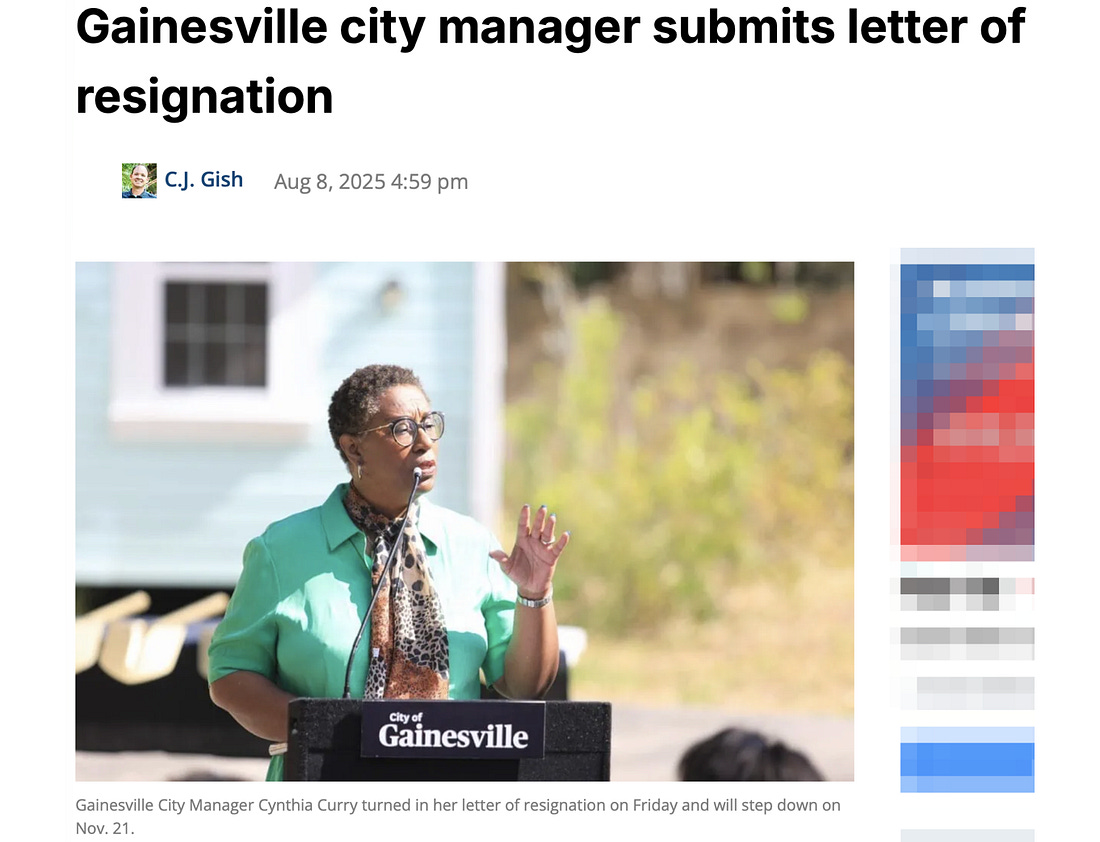
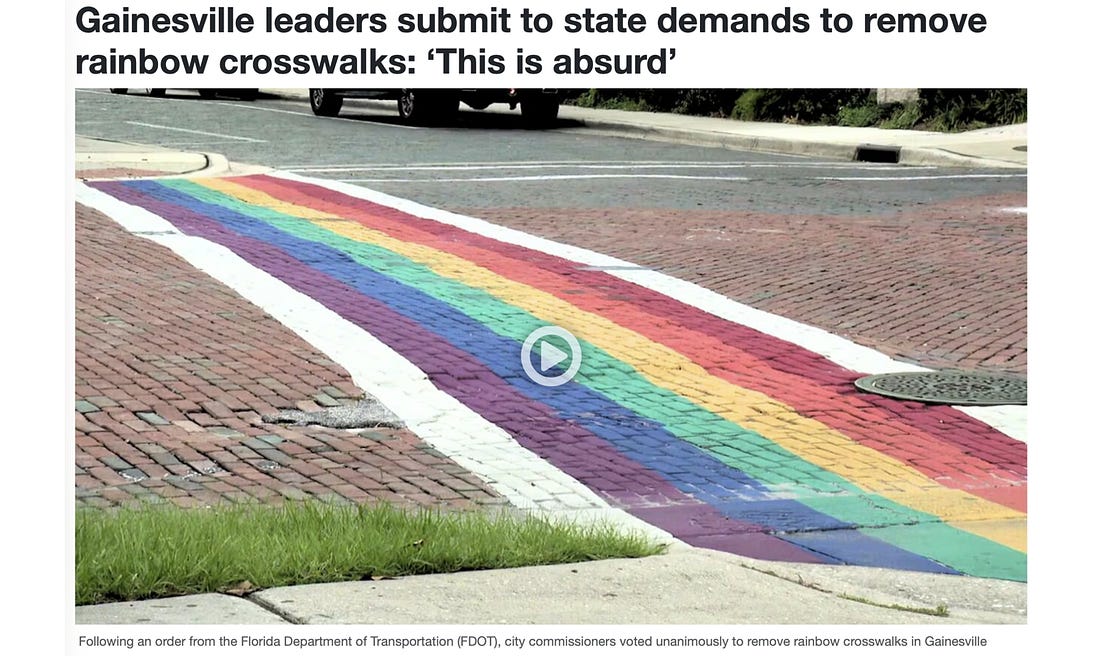
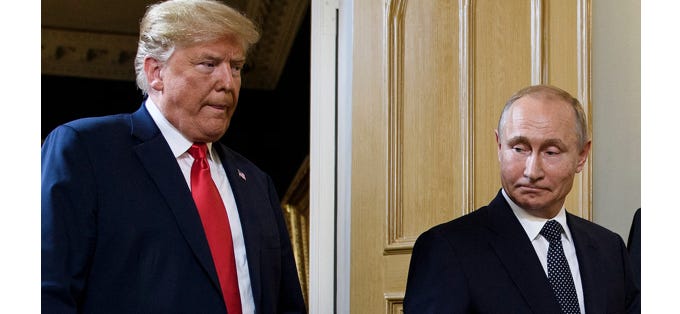
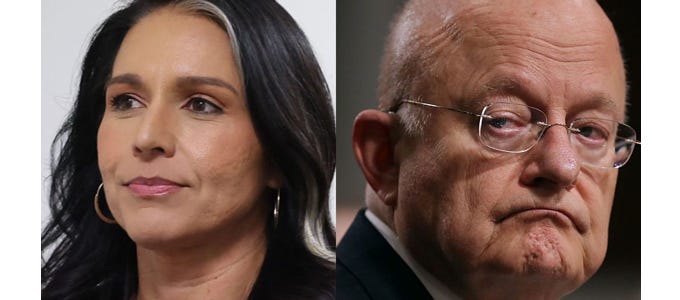
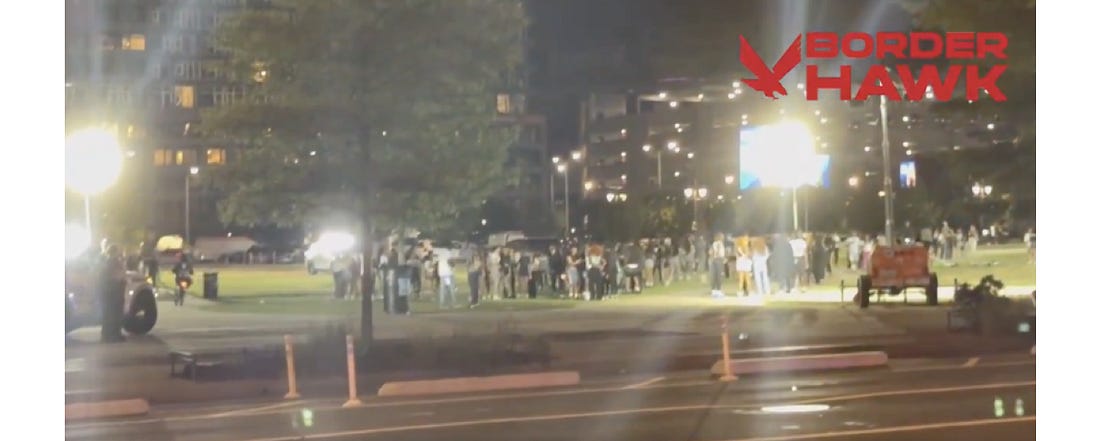
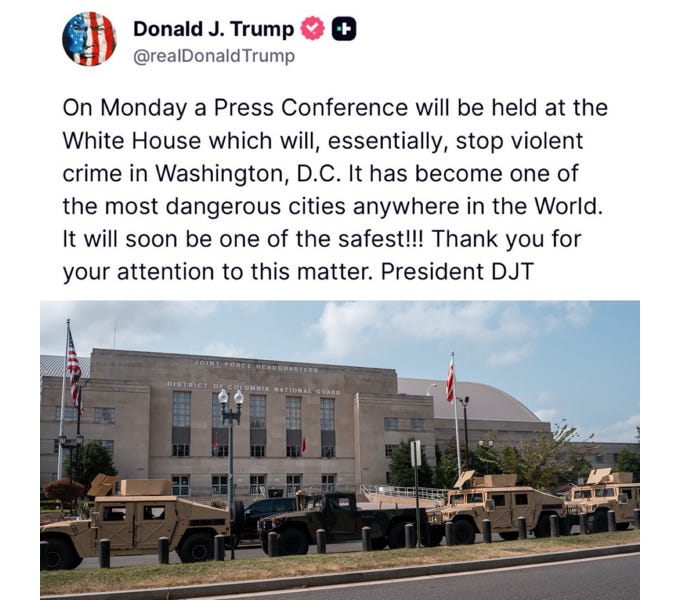
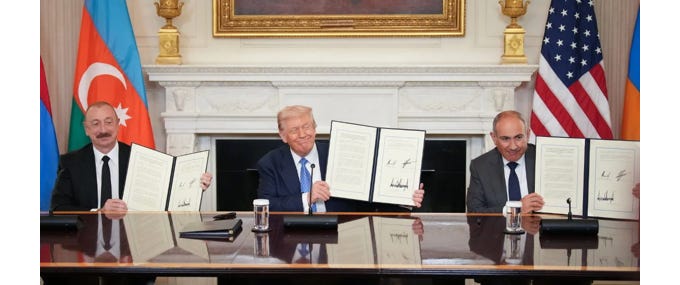

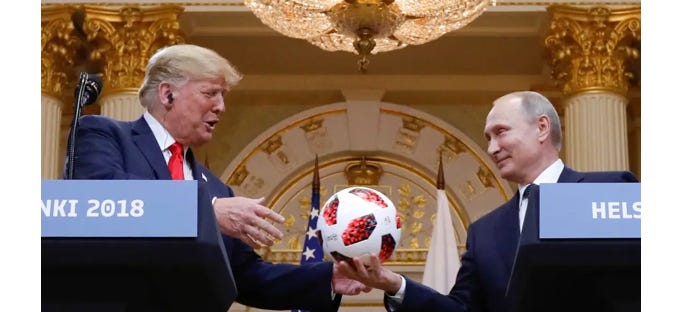
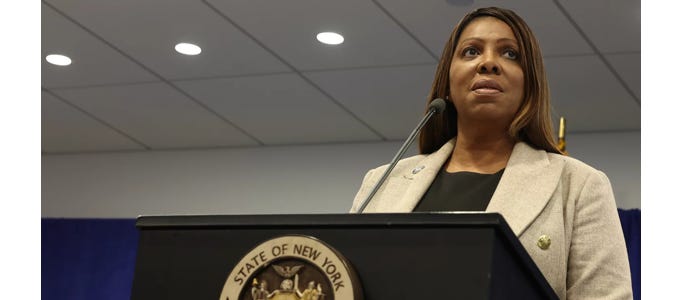
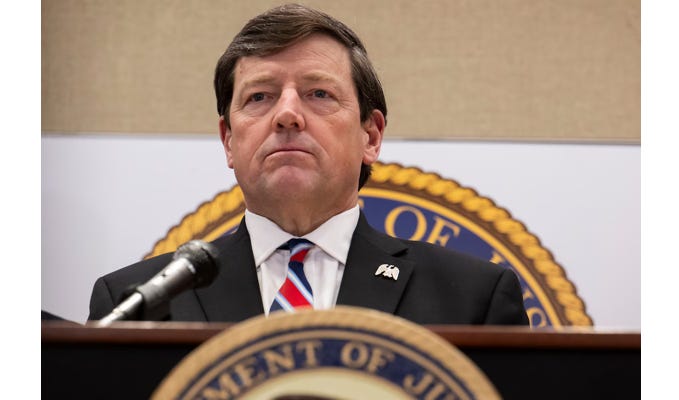





Leave a Reply
You must be logged in to post a comment.